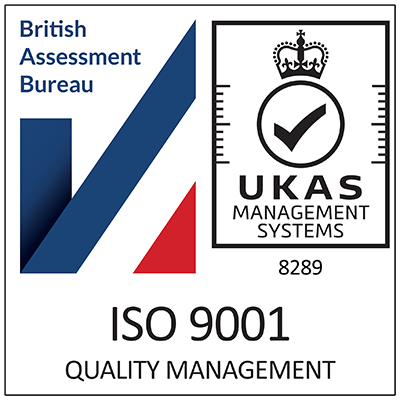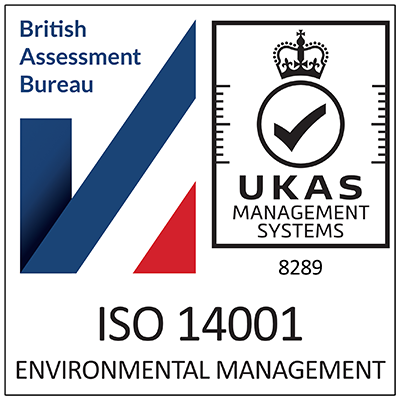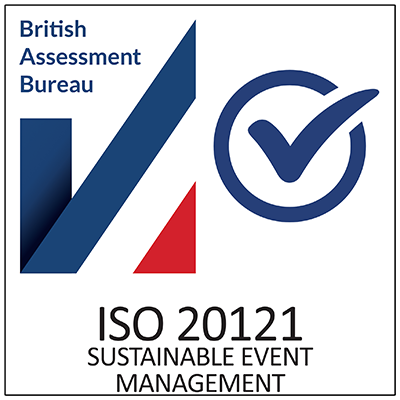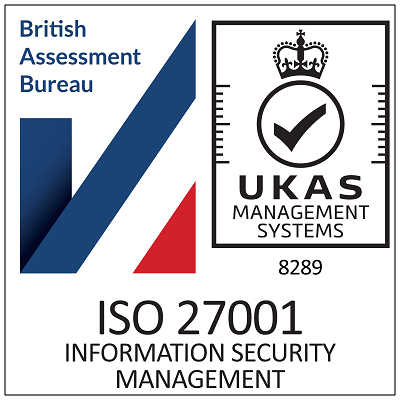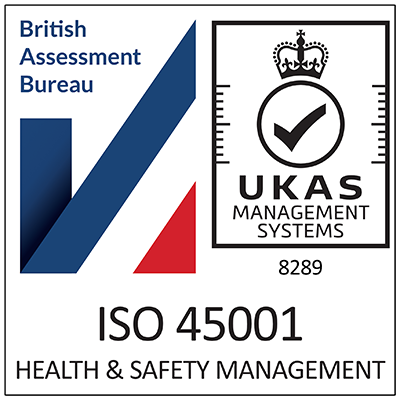Opinion
Exceptional experiences are safe experiences.
Too often, current attitudes to health and safety in the live events sector put audiences at risk. Paul Finch, Managing Director at Stagestruck, makes the case for change – before the worst happens.
In nearly 40 years working in live events, I can only think of a small number of corporate clients who took safety seriously enough.
I remember on one occasion, a few years ago, being quite surprised when one of our clients appointed their own internal consultant to oversee the health and safety of everyone involved in a particularly large live event that we were producing for them at the time. They even went as far as insisting we schedule more time for the set up and de-rig, ensuring that everything was managed properly and safely from the start – at their own expense, I might add – I’d never come across a client before that approached event safety in this holistic way and with the level of gravitas it deserves.
That client had a profound impact on me and our team at Stagestruck, helping to shape our own approach to managing risk in the live event environment.
But I find it quite surprising that – after four decades in the business – that this approach remains the exception rather than the rule.

We all need to start pushing safety up the priority list.
Far more often I encounter or hear of organisations that take little to no responsibility for event safety, who lack any experience or knowledge and who delegate the job out to agencies instead.
This over-reliance on agencies – and in turn on their contractors, venues and suppliers – can quickly spiral into a lack of clarity, complacency and confused responsibilities, with no protocols or safe system of work in place, no proper audience or crowd management plan and – let’s face it – this is an accident waiting to happen.
So, how did we get here?
There are a few factors that have fuelled this laissez-faire attitude in my view.
There’s often a lack of client-side expertise when it comes to event safety. With event, marketing and comms teams often spearheading live events, risk management isn’t part of their day job and there’s a reluctance to call upon the expertise that probably resides elsewhere in their organisation. It’s easier to defer to agencies that they assume have the necessary knowledge, expertise and experience.
That also leads to another challenge: the disconnect between these high client expectations and agency capabilities. With clients prioritising other aspects of event planning, there’s rarely a vetting process in place to scrutinise whether or not an agency has the right frameworks in place for proper safety management. And too often, they don’t.
Amid a growing pressure to cut costs this situation is only getting worse, as clients opt for agencies that offer short-term competitive rates, incentivising everyone down the supply chain to cut corners or overlook safety protocols.



Over-reliance on agencies – and in turn on their contractors, venues and suppliers – can quickly spiral into a lack of clarity.
This downward spiral often starts at those all-important planning stages – a critical moment for safety. This early design, scoping and budgeting stage of a project can ultimately determine the risk levels that people are exposed to at an event, not just the crew on the build and de-rig phases, but for all stakeholders including clients, hospitality staff, guests and the general public.
Finally, and this is a debatable point, some clients don’t seem to understand their position in the ‘safety hierarchy.’ Many operate in the mistaken belief that contractors bear sole legal responsibility for event safety, especially if this element is detailed explicitly in a contract. This assumption gives them a false sense of security. They feel absolved of any duty to actively oversee good safety practice or even to make the required time and resources available.
That isn’t the way the law works, in the UK at least, and if the worst were to happen you can bet that both the Health and Safety Executive and any lawyers involved would follow the money all the way to the top – to the commissioning client.
Also forget the moral, financial and legal fallout for a moment. What would be the reputational damage to a brand that failed to protect an audience attending one of its events or the people working on that event?
Let’s hope we never find out.
We all – agencies, contractors and clients – need to start pushing safety up the priority list.
Clients need to actively engage in safety management, conducting due diligence and selecting agencies that have the right credentials when it comes to keeping not only their audiences, but everyone involved out of harms’ way.
We as agencies need to do our part too, of course. Where clients don’t initiate the conversation let’s ensure we get safety on the agenda and draw their attention to the very real risks involved when corners are cut. After all, a lack of proper safety management exposes our teams – and our reputations – to significant risk too.
Look, I get it, health and safety isn’t as exciting as curating a great programme of content and speakers or designing and creating exceptional experiences for our audiences.
And I’m not advocating that we sacrifice any of the magic and transformational impact of live events in the name of risk management.
But these things need to go hand in hand and be given equal weighting, and if we let safety fall by the wayside, we’re all failing in our first duty: to keep everyone attending our events safe and well!






